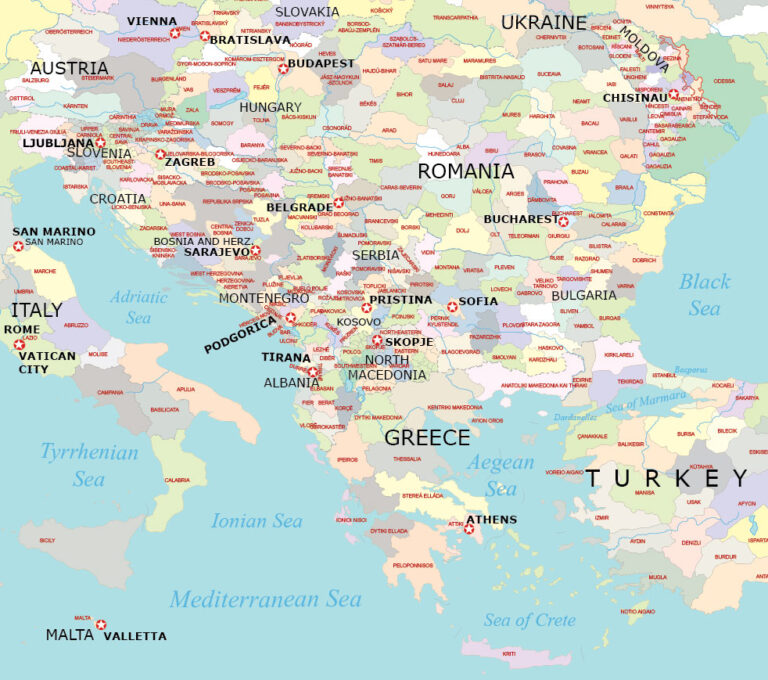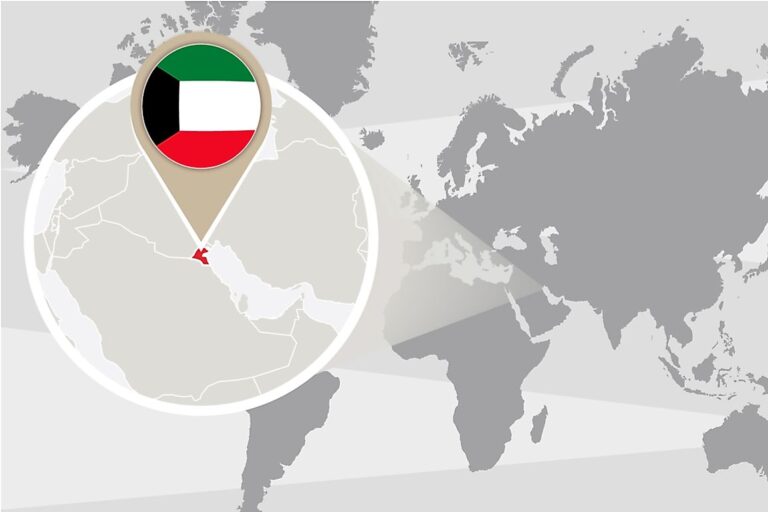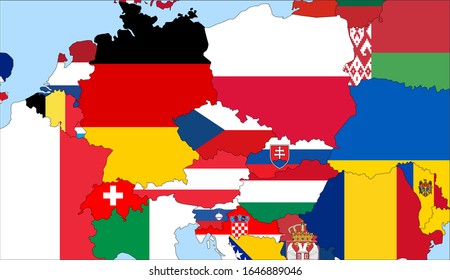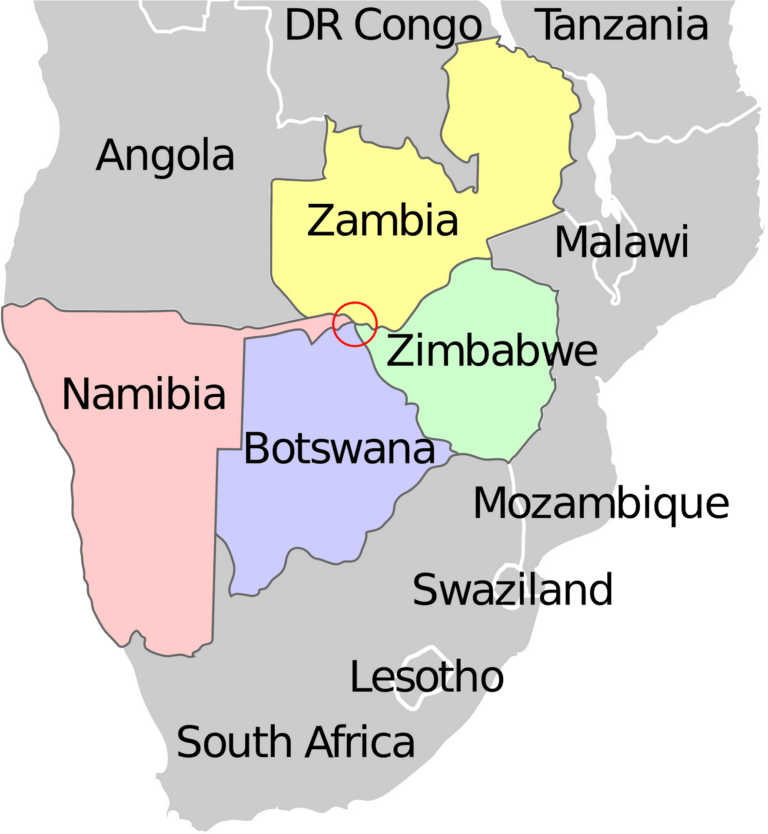Equatorial Guinea Neighbouring Countries Overview
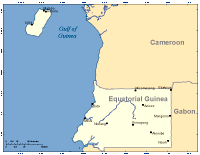
Equatorial Guinea’s Neighbors
The Border with Cameroon
Equatorial Guinea cozies up to Cameroon on its northern edge, separated by a stretch of land where savannah meets rainforest—a true Central African gem if there was one. Though the border isn’t the longest—Cameroon and Equatorial Guinea share about 93 miles—it’s as significant as any in the region.
| Bordering Country | Border Length (miles) |
|---|---|
| Cameroon | About 93 |
| Gabon | About 214 (World Atlas) |
Relations with Cameroon
Equatorial Guinea and Cameroon have been neighborly pals for quite a good spell now, keeping the doors open for trade and border crossings. These two lean on each other economically and find common ground in regional pow-wows, like those hosted by the Central African Economic and Monetary Community (CEMAC).
Equatorial Guinea is like a middleman, but in a good way—helping trade and culture flow freely between itself and these northern friends. Their laid-back relationship has been a building block for peaceful vibes and dollar signs in the area.
Wanna know more about how Equatorial Guinea gets on with its other neighbors? Take a gander at our pieces on Gabon Neighbouring Countries or Nigeria Neighbouring Countries.
Equatorial Guinea’s Relationship with Gabon
Equatorial Guinea and Gabon share quite a bit of jungle and history together, which sometimes leads to both partnerships and squabbles.
What’s the Deal with Their Border?
Equatorial Guinea’s biggest hug of a border is with Gabon. This 214-mile stretch of land ties together the southern and eastern parts of Equatorial Guinea. A key landmark here is the island of Corisco, a tiny jewel amidst the waves. Learn more about what countries cozy up to Gabon here.
| Border Stuff | Detail |
|---|---|
| Border Stretch | 214 miles |
| Notable Spot | Island of Corisco |
Tiffs Over Territory
While they’re mostly good pals, Equatorial Guinea and Gabon sometimes butt heads over who gets dibs on the ocean floor. The big question mark is over some potentially juicy oil beneath Corisco Bay. Things got serious enough that they decided to let the International Court of Justice figure it out. Grab a snack and check out some other juicy border tales in the neighborhood, like what’s happening with Ethiopia’s neighbors and Eritrea’s fence lines.
Affiliation with São Tomé and Príncipe
Geographic Proximity
Equatorial Guinea sits pretty close to São Tomé and Príncipe in the Gulf of Guinea. This country’s made up of several islands and a patch of land called Río Muni. On Bioko Island, is the capital, Malabo, parked northeast of São Tomé and Príncipe. Annobón Island, a bit further out there from Equatorial Guinea, is around 350 kilometers (or about 220 miles) west of Cape Lopez in Gabon, edging closer to São Tomé and Príncipe.
| Location | Proximity (km) |
|---|---|
| Malabo (Bioko Island) | ~350 km to São Tomé |
| Annobón Island | ~220 km to São Tomé and Príncipe |
Ties with São Tomé
Equatorial Guinea and São Tomé and Príncipe aren’t just neighbors; they literally share a line in the sea that brings them together. This closeness has naturally brewed interactions between them, with diplomatic and economic ties growing stronger. They’ve been working side by side to sort out shared challenges along their watery borders—like how to handle offshore gas and keeping the ocean lanes safe.
They both dip their toes into regional groups and international crews, aiming for a bit of shared development and maintaining a good neighbor vibe. This partnership isn’t just a pretty face; it’s vital for keeping things steady in the neighborhood, making sure both countries use their spot on the map to their advantage.
For a what-goes-on-next-door view of Equatorial Guinea’s relations with other nearby countries, don’t miss the lowdown on Gabon neighboring countries and check out Nigeria neighboring countries. Understanding Equatorial Guinea’s neighboring countries helps paint a more vivid picture of the diplomatic tango they play in the neighborhood. And the ties with São Tomé and Príncipe are right up there at the top, shining a light on how location and common goals can bond two nations across the sea.
Influence of Nigeria
Nigeria has a big impact on Equatorial Guinea thanks to their close location and common economic goals.
Economic Collaboration
Equatorial Guinea and Nigeria have a strong economic bond, especially when it comes to energy. They have outlined their offshore borders to jointly tap into gas fields, which benefits both from their natural treasures (Wikipedia). This teamwork boosts energy security and financial well-being for both lands.
Besides energy, the two nations are cozy trade partners, further strengthening their connections. When the Nigerian President visited Malabo in 2001, it underscored the importance of their ongoing teamwork.
| Area of Collaboration | Details |
|---|---|
| Energy Development | Joint efforts on gas field growth |
| Trade Relations | Active trade dealings |
Want to learn about other countries with strong trade links? Check out Guyana’s neighbors.
Nigerian Workforce in Equatorial Guinea
There are lots of Nigerians working in Equatorial Guinea, adding to its labor force. This showcases the friendly ties and economic chances awaiting in Equatorial Guinea (Wikipedia).
Nigerian workers are accompanied by folks from Cameroon and other West African areas, creating a rich and varied workforce mix. They play roles in construction, service, and especially in energy.
| Nationality | Workforce Contribution |
|---|---|
| Nigerian | A hefty chunk in multiple sectors |
| Cameroonian | A piece of the varied labor pie |
| Other West African States | Helping boost economics |
The presence of Nigerian workers in Equatorial Guinea is a clear sign of the friendly and cooperative nature between these neighboring nations. For more on nearby countries, visit Ghana’s neighbors.
Look into other nearby areas like Ethan’s neighbors to dive deeper into their influence.
Interactions with Spain
Historical Connections
Equatorial Guinea and Spain go way back, all the way to the colonial days. Spain planted its flag in Equatorial Guinea in the late 1800s, officially declaring it a colony in 1900. Fast forward to 1968, the country waved goodbye to Spanish rule and claimed its independence. But, like an old habit, Spanish vibes still linger in the lingo, customs, and even the way things run over there.
After Francisco Macías Nguema got kicked out in 1979, Teodoro Obiang Nguema Mbasogo, the new guy in charge, asked Spain for a helping hand to steady the ship. This move brought Spanish influence back into the political scene of Equatorial Guinea with a bang (Wikipedia).
Current Diplomatic Status
Now, Equatorial Guinea and Spain are pretty tight in the diplomacy department. Spain holds a noteworthy place in Equatorial Guinea’s playbook for international relations and growth schemes. These pals get together on loads of stuff like boosting the economy, trading art and culture, and sharing school smarts.
Spain sticking its hand in Equatorial Guinea’s cookie jar of development projects shows this bond isn’t going anywhere soon. Meetings with Spanish diplomats happen on the reg, and Spanish businesses have a stake in Equatorial Guinea’s roads, oil, and gas gigs.
Curious to know more about how Equatorial Guinea gets along with its nearby buddies? Check out the scoop on Gabon Neighbouring Countries and Ethiopia Neighbouring Countries.
Partnerships with International Players
Equatorial Guinea has been playing the international field, forming alliances that promise strides in its growth and strategy.
Engagements with France
Equatorial Guinea and France go way back, forging a connection that thrives on diplomacy and joint projects for progress. French technical advisors can be found in Equatorial Guinea’s finance and planning ministries, giving a hand in shaping and boosting the country’s infrastructure. These collaborations are locked in place with several agreements, adding a solid layer to their cooperation (Wikipedia).
Trade Relations with the United States
The story between Equatorial Guinea and the U.S. is one of evolution. They’ve been shuffling between diplomatic chats and economic endeavors. An interesting chapter includes working towards better human rights—this was managed through frank conversations and hosting events that address the issues head-on.
A highlight was the reopening of the U.S. embassy in 2003. What sparked this? The discovery of oil right off Equatorial Guinea’s coast. So, despite the embassy shutting its doors in 1995 due to budget issues, this energy opportunity reignited the flame of collaboration between the two nations. Curious about how other nations are mingling internationally? Check out our full coverage on India’s neighboring countries and Ghana’s neighboring countries.

